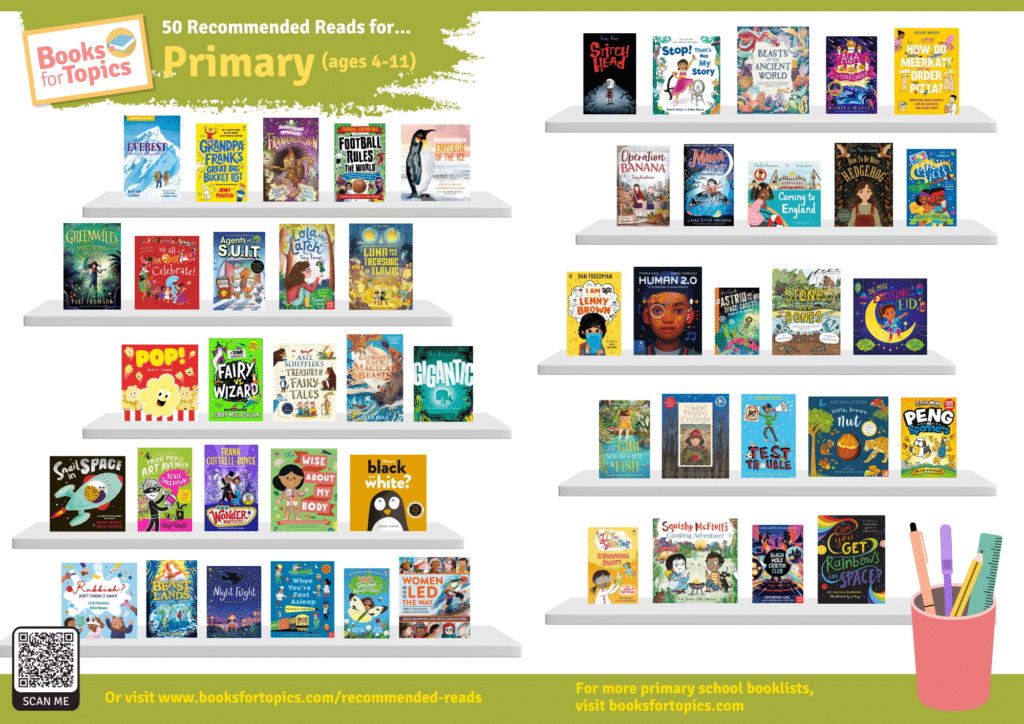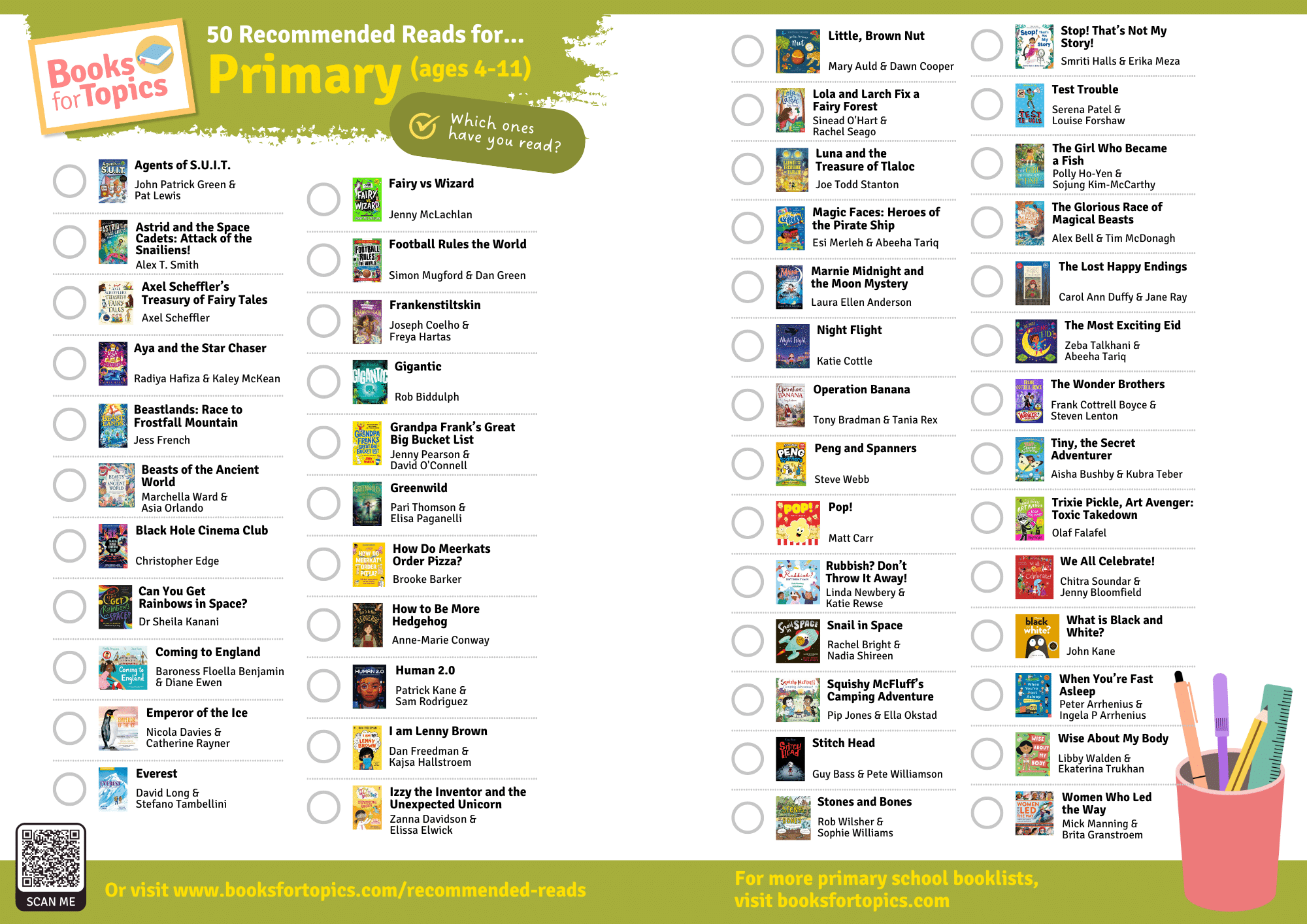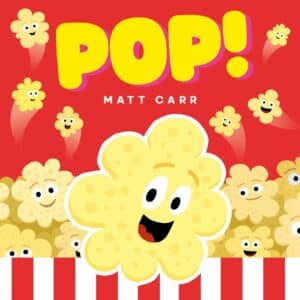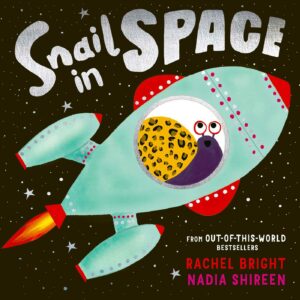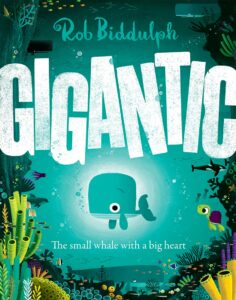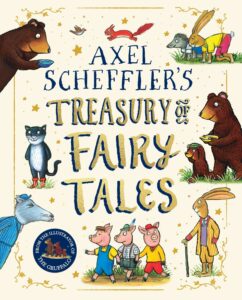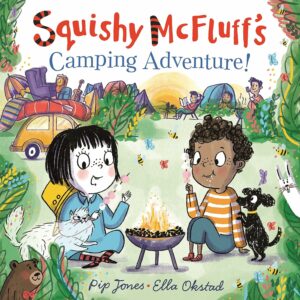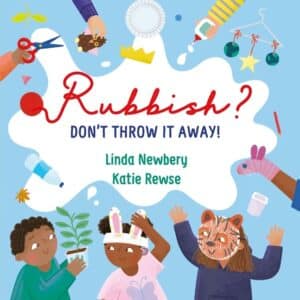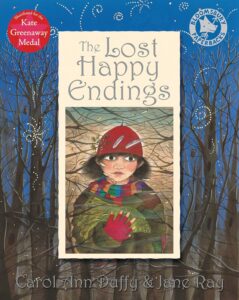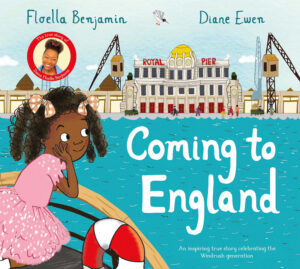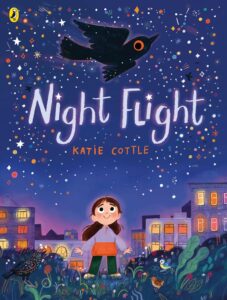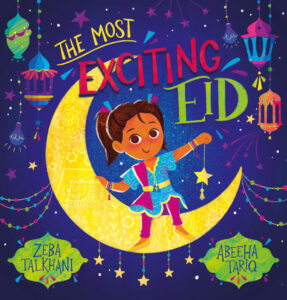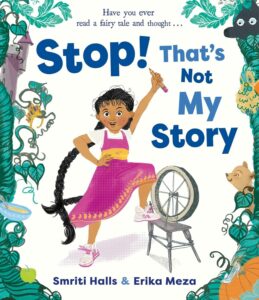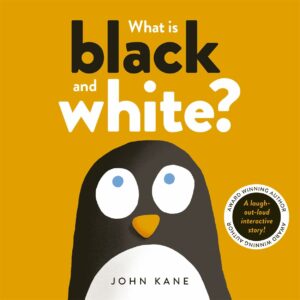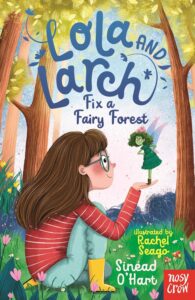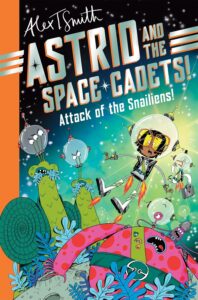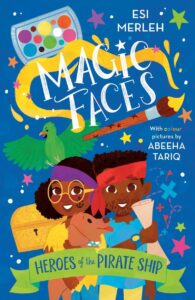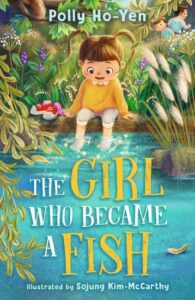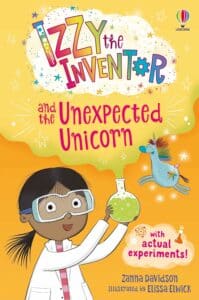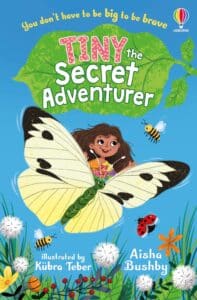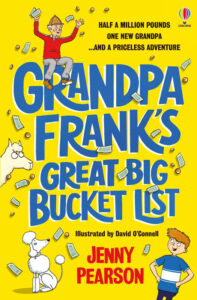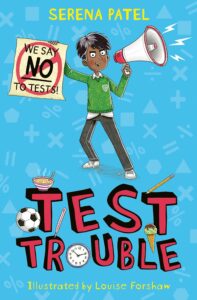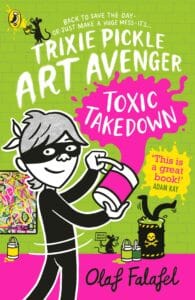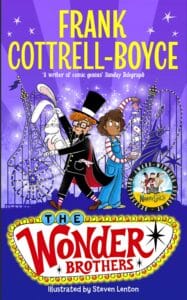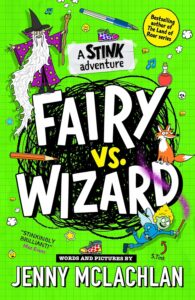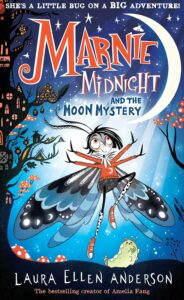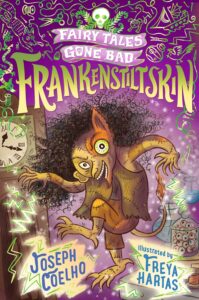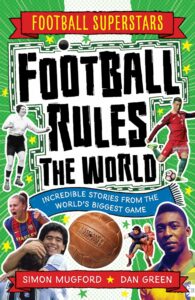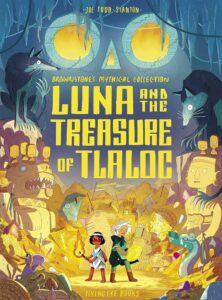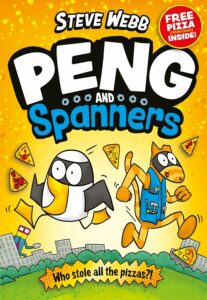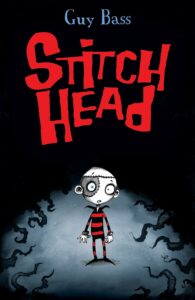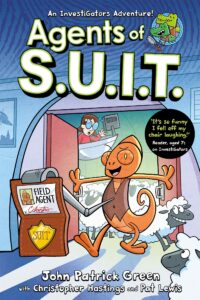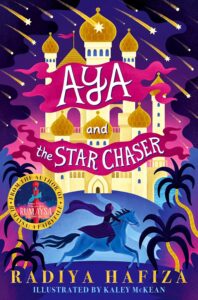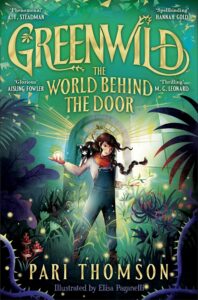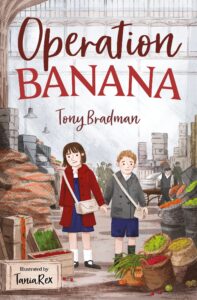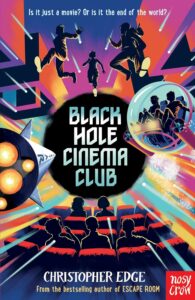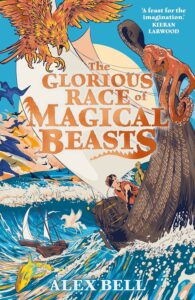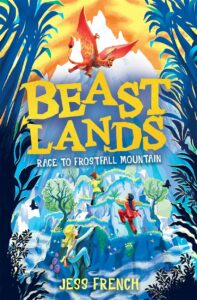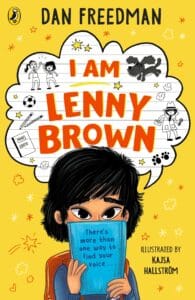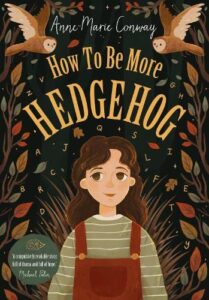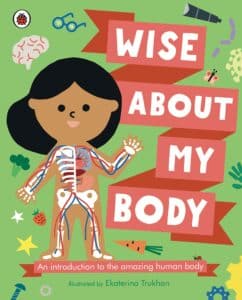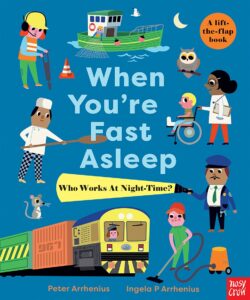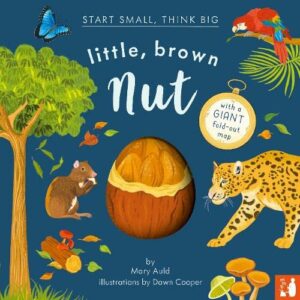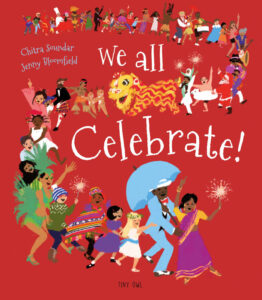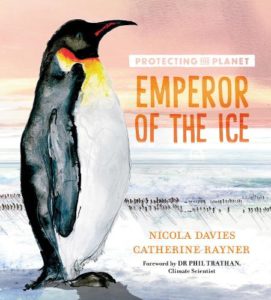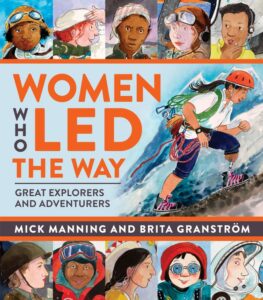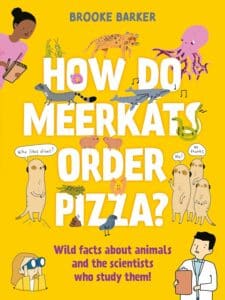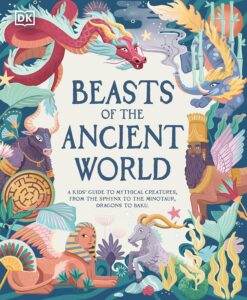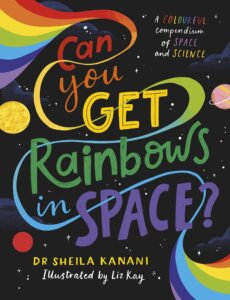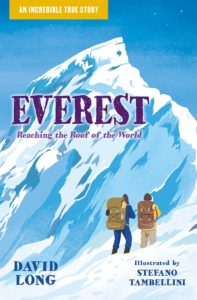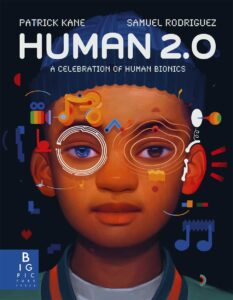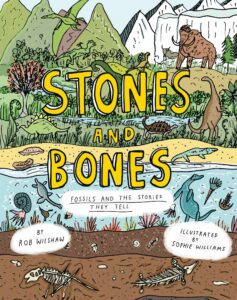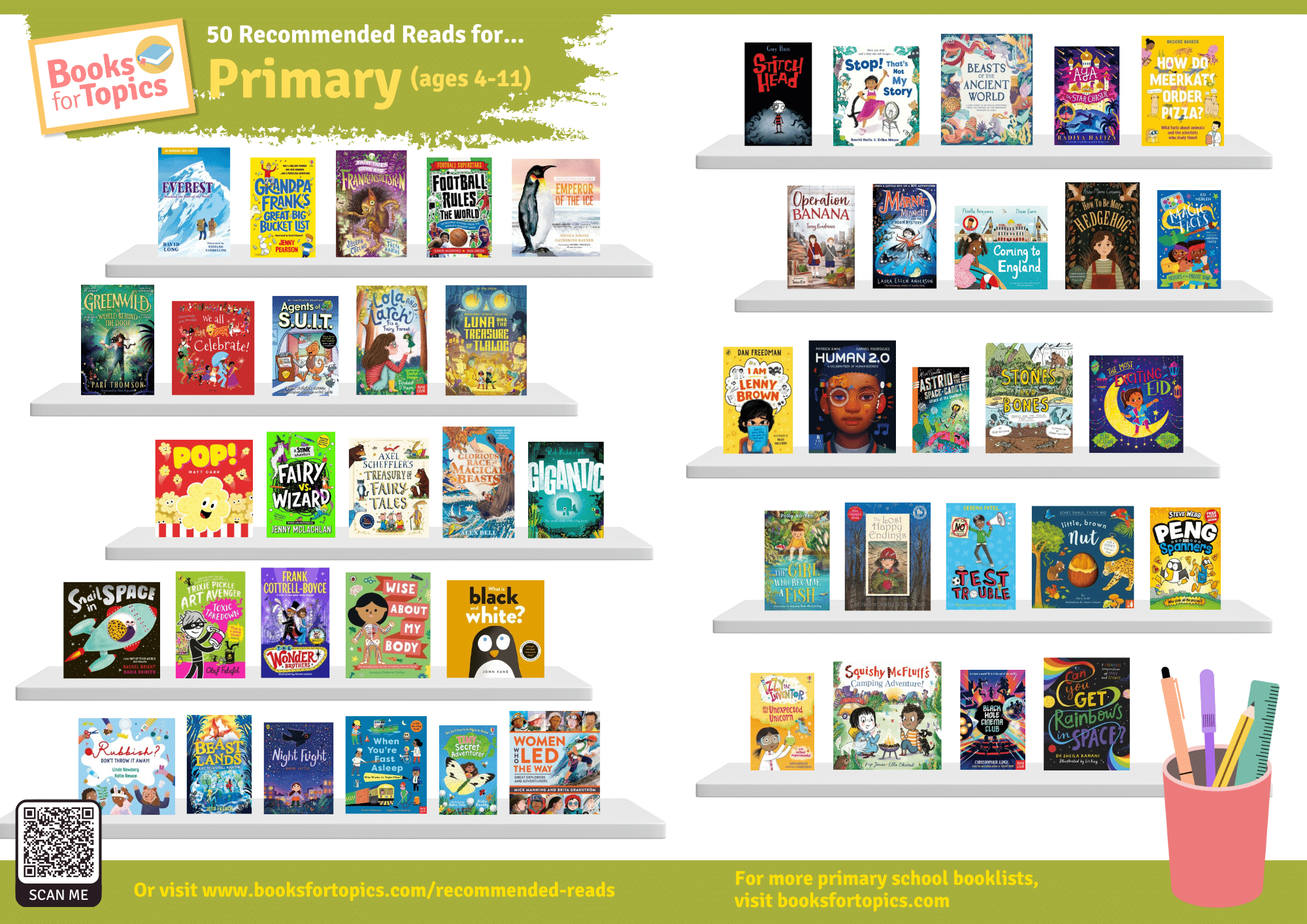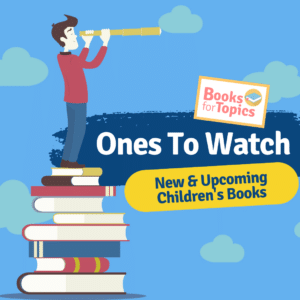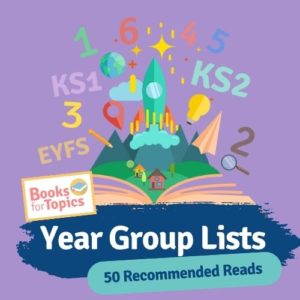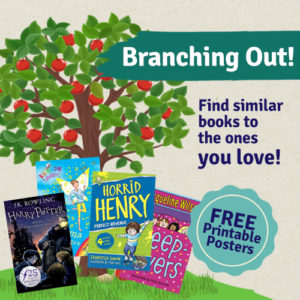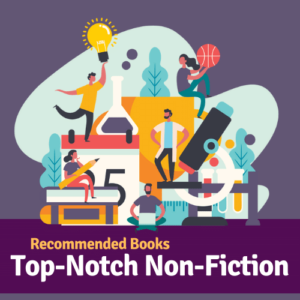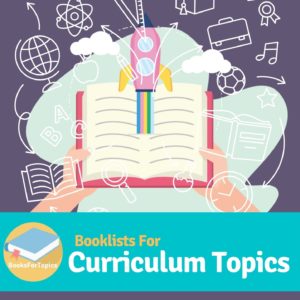50 Books for Primary School Children
Newly Updated – April 2024
Browse our reading list of 50 recommended books for Primary Schools. Update your class library or home book collections with our list of the best Primary School books, featuring everything from intergalactic snail adventures and unexpected unicorns to secret agent chameleons and mountain explorers.
This primary reading list includes books to read with children alongside books for them to read themselves. Featuring popular storytime reads like Gigantic and Pop!, early chapter books like Magic Faces, action-packed adventure books like The Glorious Race of Magical Beasts and top-notch non-fiction like How Do Meerkats Order Pizza?, this list really does have something for everyone.
This list has been put together based on a mix of titles taken from our popular individual year group reading lists and with the help of the team of librarians and booksellers at Peters.
If you’re a parent or teacher looking for the best books for Primary School children, look no further than our list. Whether you are looking for funny read-alouds, new releases or educational reads, we have something to suit every young reader’s interests. Our Primary School booklist includes both fiction and non-fiction recommendations to offer primary school children a deliciously tempting offering of reading-for-pleasure choices.
There is also a downloadable checklist and a printable poster, and schools can purchase full packs of these books from Peters or select packs of the KS2 books or KS1 books from the list.
If you are looking for more specific recommendations, you may like our Year Group Lists (see below) or Curriculum Topic Booklists.
- Preschool Reading List
- Reception Reading List
- Year 1 Reading List
- Year 2 Reading List
- Year 3 Reading List
- Year 4 Reading List
- Year 5 Reading List
- Year 6 Reading List
Browse the primary school reading list below or scroll down to find more purchasing options and printable resources.







